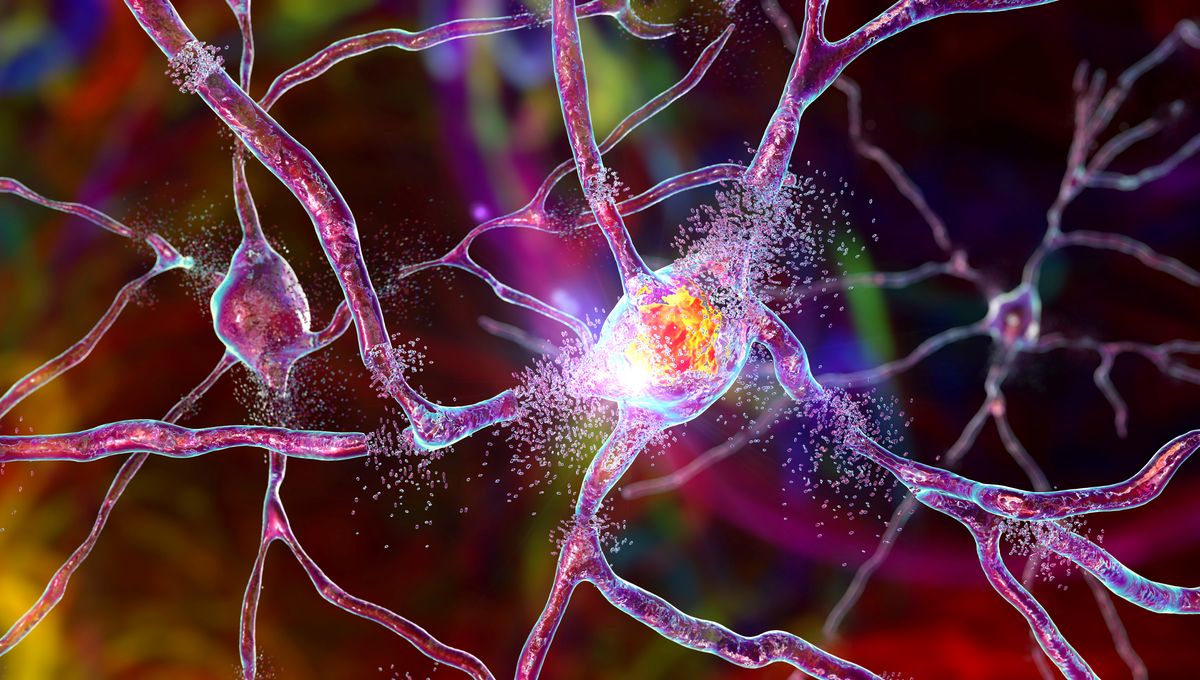
An experimental new gene therapy for Huntington’s disease has shown promising results in phase I/II trials, with 75 percent less disease progression observed in the patients receiving the treatment. If further trials continue to produce such positive results, we could be looking at a remarkable breakthrough for this incurable, life-limiting disease.
Key takeaways
- AMT-130 is a new gene therapy that’s just gone through phase I/II clinical trials in patients with Huntington’s disease.
- Huntington’s is caused by a genetic mutation affecting the huntingtin protein, leading to progressive damage to the brain that is eventually fatal.
- AMT-130 instructs brain cells to produce an RNA molecule that targets the mutant huntingtin protein for destruction.
- Patients receiving a high dose of AMT-130 saw a 75 percent reduction in disease progression over 36 months.
- This is the first treatment to ever show promise at halting the progression of Huntington’s disease, which has no cure.
What is Huntington’s disease?
Huntington’s disease is a progressive, neurodegenerative disorder that’s caused by a genetic mutation in the gene coding for the huntingtin protein, inherited in an autosomal dominant pattern. This means you only need one faulty copy of the gene to get the disease; if you have one parent with Huntington’s, you have a 50 percent chance of developing it as well.
Symptoms generally start to appear between the ages of 30 and 50. The progression starts slowly, and includes changes in behavior, difficulty concentrating, memory problems, depression, anxiety, and motor symptoms like clumsiness or involuntary movements.
Over a period of several years, the disease gets worse. There are no drugs available to cure it or slow its progression, so treatment relies on managing symptoms and supporting the patient to be as independent as possible for as long as possible.
What’s new?
The new experimental therapy, called AMT-130, aims to correct the fundamental genetic error that causes the disease in the first place. It consists of custom-made DNA that instructs cells to produce an RNA molecule that binds to huntingtin protein, marking it for destruction.
The hope is that AMT-130 can be a permanent solution. It does require complex and risky brain surgery in order to get the treatment into the striatum, part of the brain that’s particularly badly affected in Huntington’s, but once it’s there, it should last a lifetime.
In the phase I/II trial, 29 patients were treated with high or low doses of AMT-130. Of those, 12 patients per group were able to be evaluated at the 36-month timepoint. The treatment was well-tolerated at both doses.
Patients treated with the high dose showed a 75 percent reduction in disease progression measured on a standardized test, the composite Unified Huntington’s Disease Rating Scale. There was also a 60 percent slowing of progression according to another scale, measuring Total Functional Capacity. Both of these results, according to developers uniQure, were statistically significant.
Levels of neurofilament light protein (NfL) were also measured in samples of cerebrospinal fluid. This is a protein that’s released in response to neuronal damage in the brain and is usually elevated in Huntington’s patients – but the investigators found that levels of NfL in the trial group were actually lower than they had been before the treatment.
“These findings reinforce our conviction that AMT-130 has the potential to fundamentally transform the treatment landscape for Huntington’s disease, while also providing important evidence supporting one-time, precision-delivered gene therapies for the treatment of neurological disorders,” said uniQure’s chief medical officer Walid Abi-Saab, MD, in a statement.
“A historic advance”
One patient involved in the trial was Jack May-Davis, a 30-year-old from the UK who found out he carried the Huntington’s gene when he was 19 and whose father died from the disease.
“The results are astonishing – I’m lost for words. It is just amazing. When I started participating in trials I never thought something would be developed in a timeframe that might be actually be useful for me,” said May-Davis in a statement.
Professor Ed Wild, principal investigator of the UCL Huntington’s Disease Centre trial site in London, UK, talked more about the benefits patients in the trial are seeing. “My patients in the trial are stable over time in a way I’m not used to seeing in Huntington’s disease – and one of them is my only medically-retired Huntington’s disease patient who has been able to go back to work.”
“I believe these groundbreaking data are the most convincing in the field to date and underscore potential disease-modifying effects in Huntington’s disease, where an urgent need persists,” added Professor Sarah Tabrizi, lead scientific advisor on the trial.
As news of the results broke, experts in neurology and neurodegenerative disease from around the world expressed their excitement.
“This approach, if successfully validated, has much broader implications as it may have potential to reducing the levels of other toxic proteins causing other dementias, forms of Parkinson’s disease and forms of motor neuron disease,” said Professor David Rubinsztein of the Cambridge Institute for Medical Research to the UK Science Media Centre. “This could be a major breakthrough.”
Dr Nela Durisic of the Queensland Brain Institute told the Australian Science Media Centre that the trial “represents a historic advance in neurodegenerative medicine,” while Dr Sophie Andrews of the University of the Sunshine Coast Thompson Institute – who has published extensively on Huntington’s disease – said, “Although preliminary, these positive findings across multiple measures after three years indicate that this really could be a promising, long-lasting treatment for this devastating disease.”
Additional trials are already underway, and the full phase I/II results are due to be formally presented at a conference next month in the USA. Meanwhile, uniQure hopes to submit an application to the US Food and Drug Administration for accelerated approval for AMT-130 early next year.
Source Link: First-Ever Successful Huntington’s Disease Treatment Slows Progression By 75 Percent